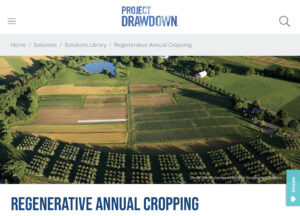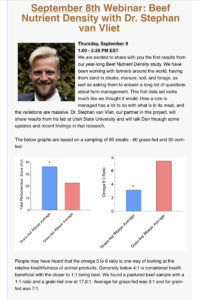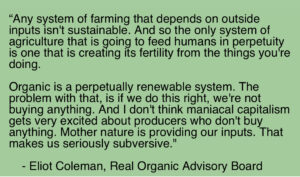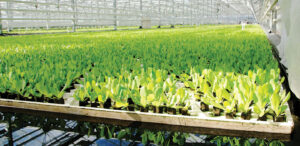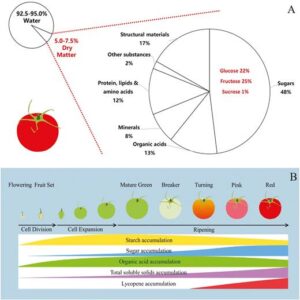
Abstract
Fruit is important for human health, and applying deficit irrigation in fruit production is a strategy to regulate fruit quality and support environmental sustainability. Responses of different fruit quality variables to deficit irrigation have been widely documented, and much progress has been made in understanding the mechanisms of these responses. We review the effects of water shortage on fruit water accumulation considering water transport from the parent plant into the fruit determined by hydraulic properties of the pathway (including xylem water transport and transmembrane water transport regulated by aquaporins) and the driving force for water movement. We discuss water relations and solute metabolism that affect the main fruit quality variables (e.g. size, flavour, nutrition, and firmness) at the cellular level under water shortage. We also summarize the most recent advances in the understanding of responses of the main fruit quality variables to water shortage, considering the effects of variety, the severity of water deficit imposed, and the developmental stage of the fruit. We finally identify knowledge gaps and suggest avenues for future research. This review provides new insights into the stress physiology of fleshy fruit, which will be beneficial for the sustainable production of high-quality fruit under deficit irrigation.
https://academic.oup.com/jxb/article/71/4/1249/5637283


